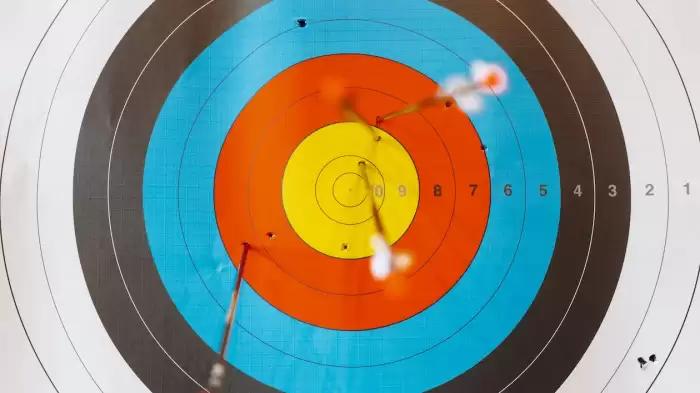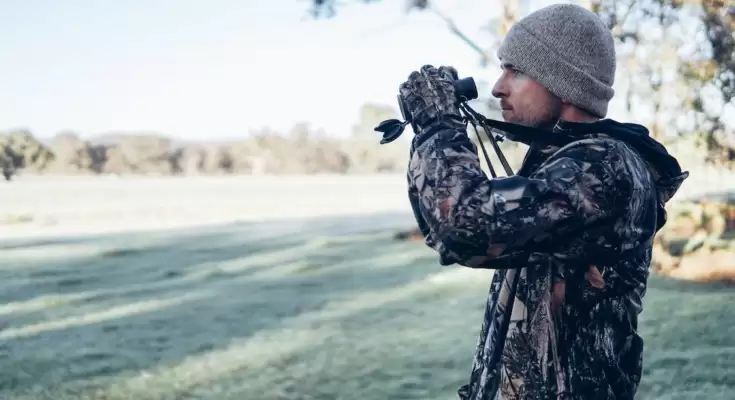Hunting is a time-honored tradition that connects us with our primal instincts and allows us to forge a deep connection with the natural world. For many, it’s a unique and exciting way to bond with a parent or grandparent, who typically passes down the tradition through the generations. For many adults, embarking on their first hunting trip can be an exhilarating and transformative experience. However, it’s crucial to approach hunting with the right mindset, knowledge, and preparation.
In this step-by-step guide, we will walk you through the essentials of hunting, from acquiring the right gear to mastering ethical hunting practices.
Step 1: Obtain the Necessary Permits and Licenses
Before ever setting food in the wilderness, it’s crucial to ensure that you comply with local hunting regulations. Research the hunting laws in your area and obtain the required permits and licenses. These legal documents confirm you’re hunting responsibly, contributing to conservation efforts, and maintaining healthy wildlife populations. Familiarize yourself with the specific seasons for different game species and adhere to bag limits to ensure sustainable hunting practices.
Step 2: Choose the Right Hunting Gear
Selecting the appropriate hunting gear is critical in preparing for your hunt. While the specifics may vary depending on your target game and environment, some essentials include:
- Weaponry: Whether you’re using a riflewith a sight, bow,crossbow, or shotgun, ensure you’re comfortable and skilled with your chosen weapon. Regular practice at a shooting range will help you improve your accuracy and confidence.
- Hunting Apparel: Opt for camouflage clothing that blends with the natural surroundings to avoid detection. Dressing in layers will help you regulate your body temperature in changing weather conditions.
- Footwear: Invest in comfortable, waterproof boots that offer support during long treks. Adequate footwear will keep you comfortable and help prevent injuries on rugged terrain.
- Optics: Binoculars or scopes can help you spot the game from a distance. Quality optics can significantly affect your ability to locate animals and evaluate their size and health.
- Navigation Tools: A map, compass, or GPS device is essential for finding your way in unfamiliar territory. Familiarize yourself with the terrain and plan your routes beforehand.
- Field Dressing Kit: A kit for field dressing your game, including knives, gloves, and game bags, is necessary for efficiently processing your harvest.
Step 3: Study Your Prey and Their Habitat
To make it as a successful hunter, you need to understand your target game’s behaviors, habits, and habitats. Study their tracks, signs, and feeding patterns. Familiarize yourself with their breeding and migration seasons. This knowledge will increase your chances of spotting and tracking your prey effectively. Additionally, learning about the ecosystem in which your game resides will help you make informed decisions during your hunt.
Step 4: Practice Marksmanship and Shooting Skills

Ethical hunting involves making clean, humane kills. Regular practice at a shooting range or in safe outdoor environments is essential fordeveloping marksmanship skills. Learn to shoot from various positions and distances to simulate real hunting scenarios.
And remember that accuracy is crucial for the animal’s welfare and others’ safety.
Step 5: Plan Your Hunt
Effective planning is key to a successful hunt. Consider the following aspects:
- Location: Choose hunting grounds that match the habitat of your target game, and make sure you have permission to hunt. This can be public land, private land the landowner granted permission for or hunting reserves. Obtain maps and study the area to identify potential hunting spots.
- Timing: Different game species are active at various times of the day and year. Plan your hunt during your chosen game’s prime feeding or movement times. Be patient and allow for multiple hunting sessions if necessary.
- Weather: Check the weather forecast to prepare for changing conditions that might affect your hunt. Dress appropriately andbring gearlike rain jackets or cold-weather clothing as needed.
- Safety Measures: Share your hunting plans with a friend or family member, carry communication devices, like a walkie-talkie or smartphone, and be prepared for emergencies. Inform someone of your location and expected return time, and contact them upon your safe return.
Step 6: Practice Ethical Hunting
Responsible hunting is not just about bagging game; it’s about respecting the ecosystem and wildlife. Follow these ethical guidelines:
- Selective Harvesting: Choose mature animals to maintain balanced populations. Avoid shooting animals that are too young or breeding females.
- No Waste: Utilize as much of the harvested animal as possible to honor the animal’s life. Process the meat properly and consider donating excess meat you don’t need or want to those in need.
- Obey Laws: Adhere to hunting regulations, bag limits, and protected species lists. Ignorance of the law is not an excuse, so stay informed and up to date.
- Leave No Trace: Carry out all trash, minimize your environmental impact, and respect other outdoor enthusiasts. Practice ethical camping and hiking principles, too.
Step 7: Continue Learning and Improving
Hunting is a lifelong journey of learning and improvement. Reflect on your hunts, learn from your experiences, and seek advice from seasoned hunters. Attend workshops, read hunting literature, and stay updated on advancements in gear and techniques.
As you venture into the woods, embrace the responsibility of being a steward of the land and a respectful participant in the circle of life.
